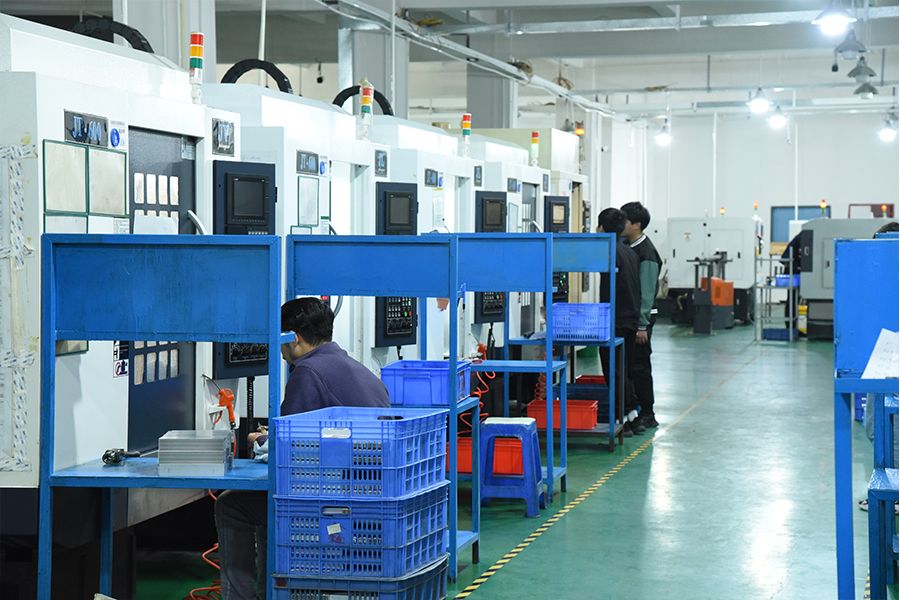3-axis, 4-axis, 5-axis CNC machining is a term that is often heard in our industry work. It sounds very high. Maybe you have some images, but what the specific thing is, some users may not be able to tell. Come.
For these types of CNC machining, it is still necessary to understand the general situation, which will be of great benefit to our work.
CNC milling machines are classified by the number of axes they operate, and these movements determine the part features that can be manufactured, and also affect productivity and accuracy.
In general, the more degrees of freedom are available, the more complex the geometry can be produced.
What’s the difference between 3-axis, 4-axis and 5-axis? What are their respective advantages? Which products are they suitable for processing?
- 3-axis CNC machining
3-axis CNC machining generally refers to three axes that move linearly in different directions, such as up and down, front and rear, left and right.
The three-axis can only machine one face at a time, which is suitable for machining some disc-like parts, which is a limitation for many parts that require holes or grooves to be machined on multiple faces.
- 4-axis CNC machining
4-axis CNC machining is to add a rotation axis to the 3-axis, generally 360° rotation on the horizontal plane. But it cannot rotate at high speed, and it is suitable for processing some box parts.
Most 4-axis CNC machines also allow the workpiece to rotate, which is called a b-axis, so that the machine can function as both a milling machine and a lathe.
4-axis CNC machining is the way to go if you need to drill holes on the side of a piece or on the surface of a cylinder. It greatly speeds up the machining process and has high machining accuracy.
Click online for more details
- 5-axis CNC machining
5-axis CNC machining is an additional rotation axis above the 4-axis, generally a 360° rotation of the vertical surface. The five-axis can already be fully processed, and one-time clamping can be realized, which can reduce the cost of clamping and reduce product scratches and bumps. .
Due to the high versatility of 5-axis CNC machining, it can be used to manufacture complex precision parts. Such as medical parts for artificial limbs or bones, aerospace parts, titanium parts, oil and gas machinery parts, military products, etc.
| How to choose:
Although the advantages of 5-axis compared to 4-axis and 3-axis are very prominent, not all products are suitable for 5-axis machining, and those suitable for 3-axis machining are not necessarily suitable for 5-axis machining. 5-axis machining will not only increase the cost, but the effect is not necessarily good.
Related searches:
cnc machining custom
cnc processing service
cnc machining stainless steel parts
cnc machining metal turning

